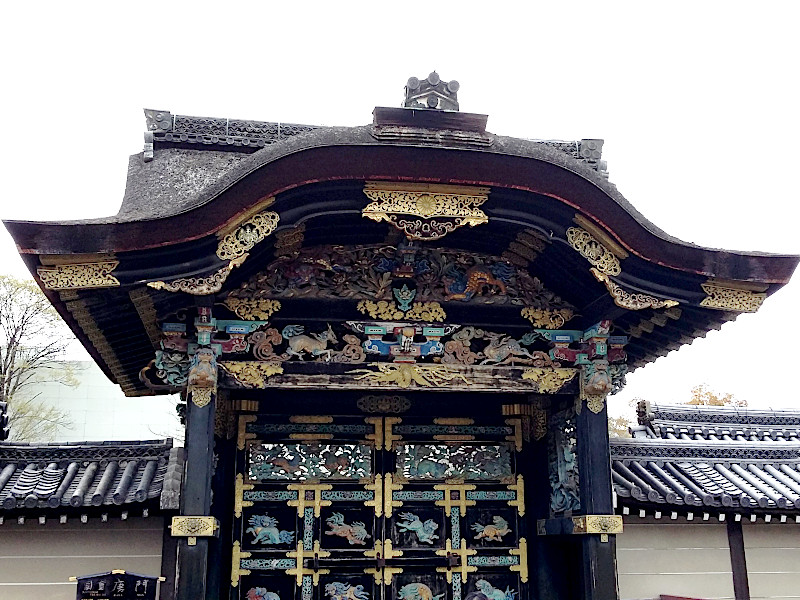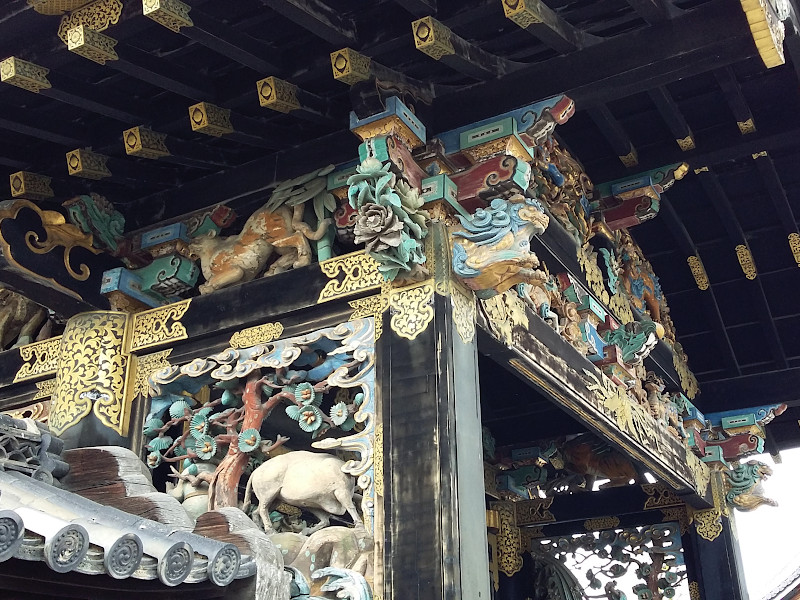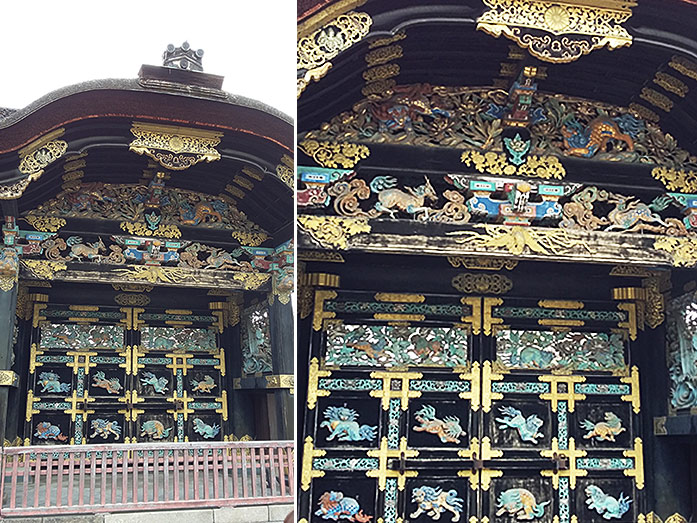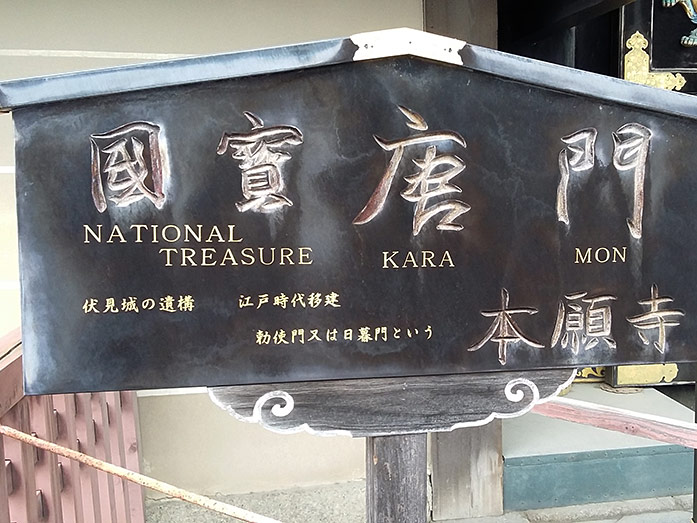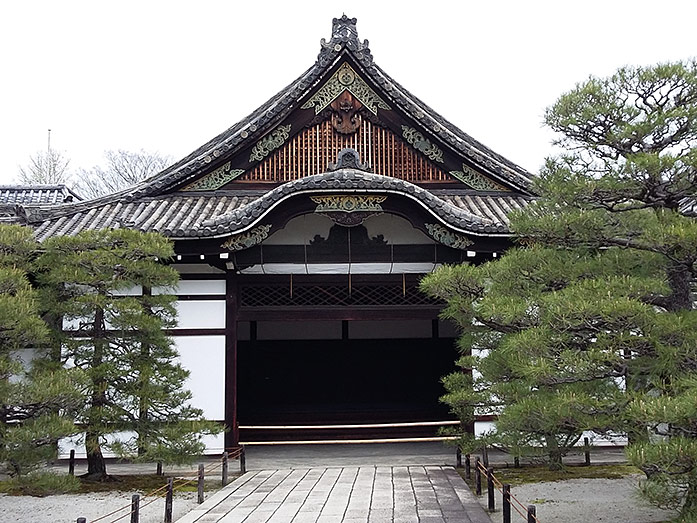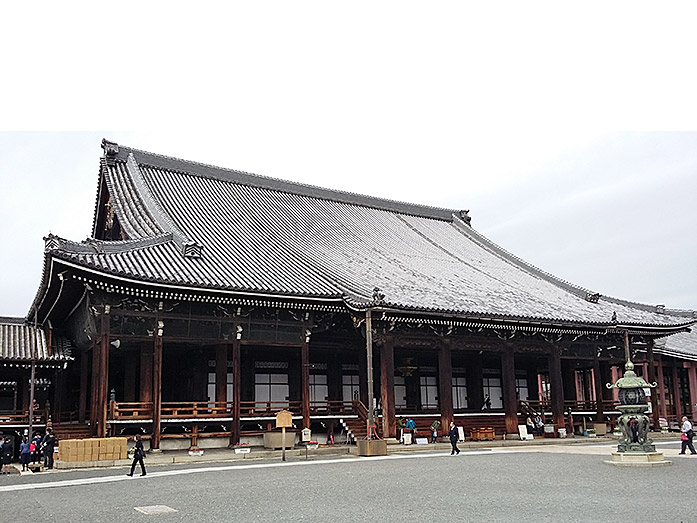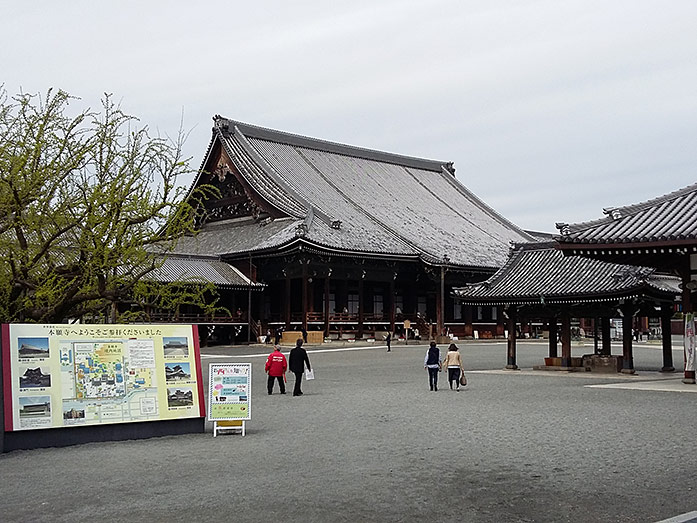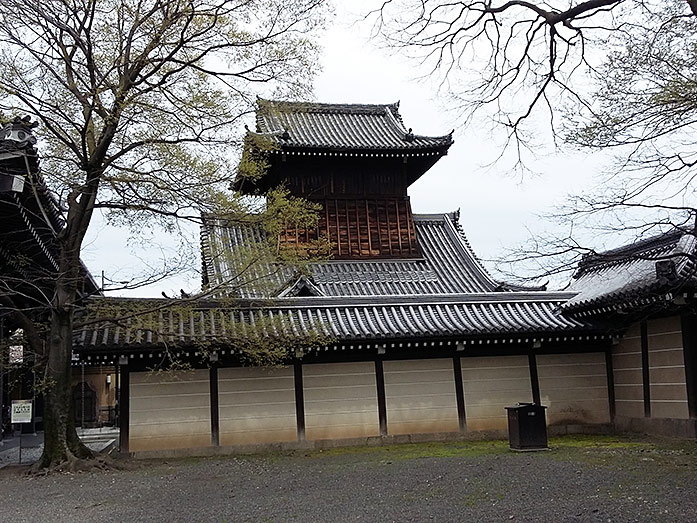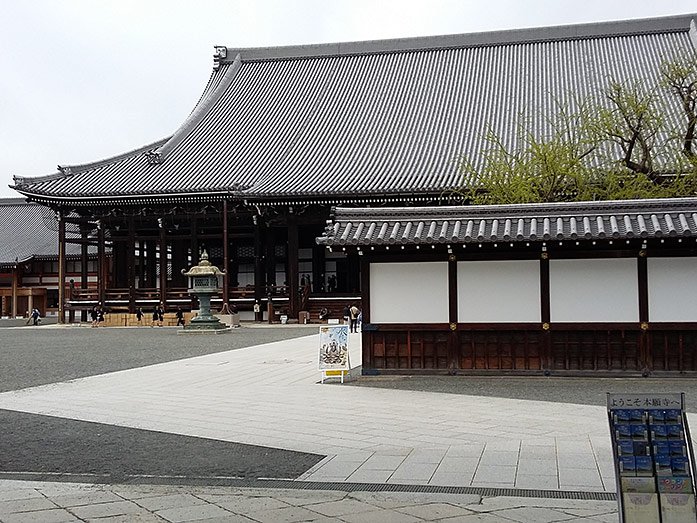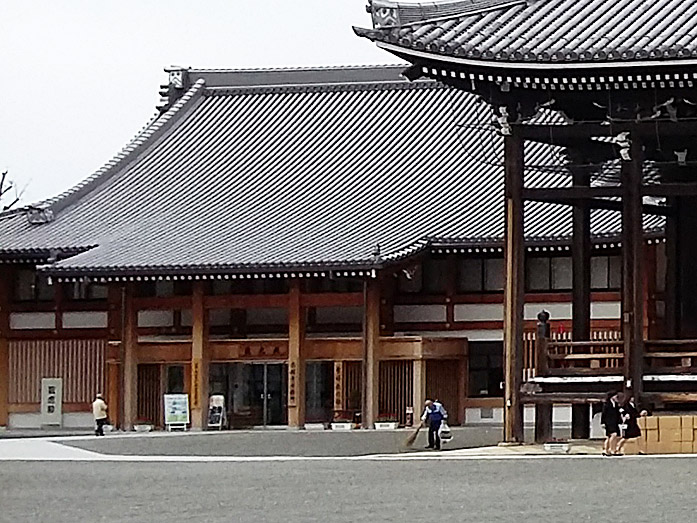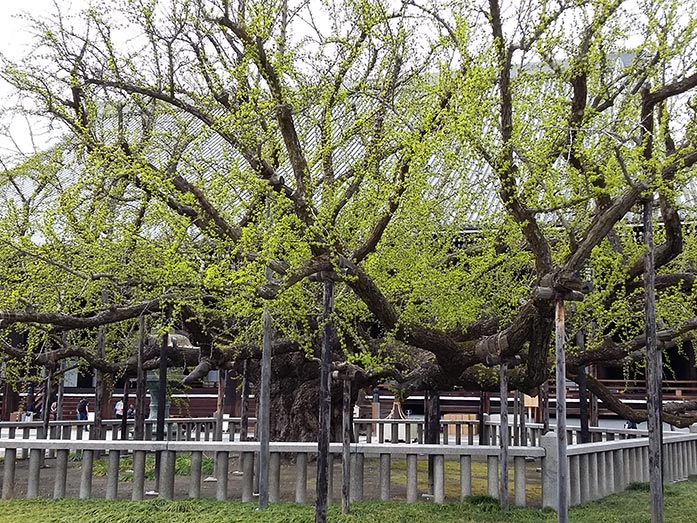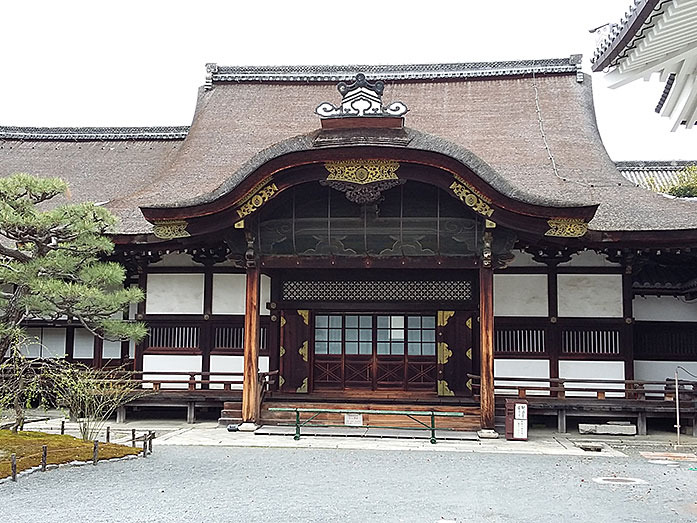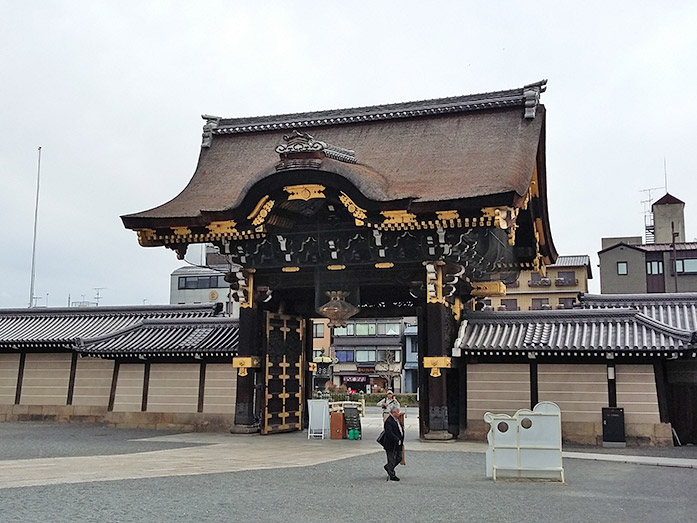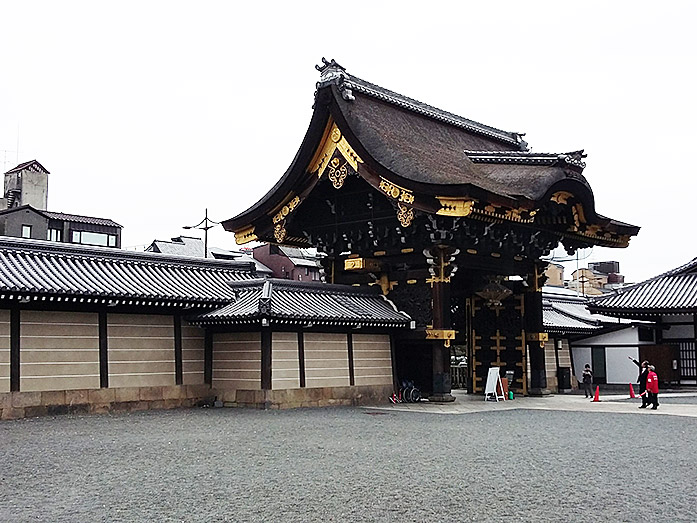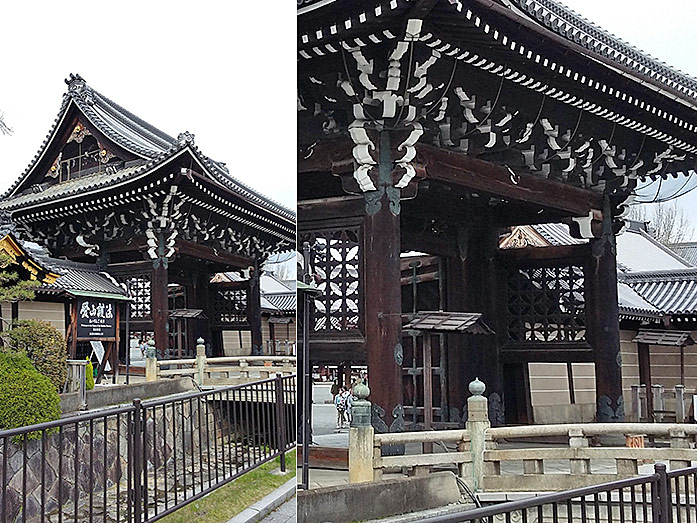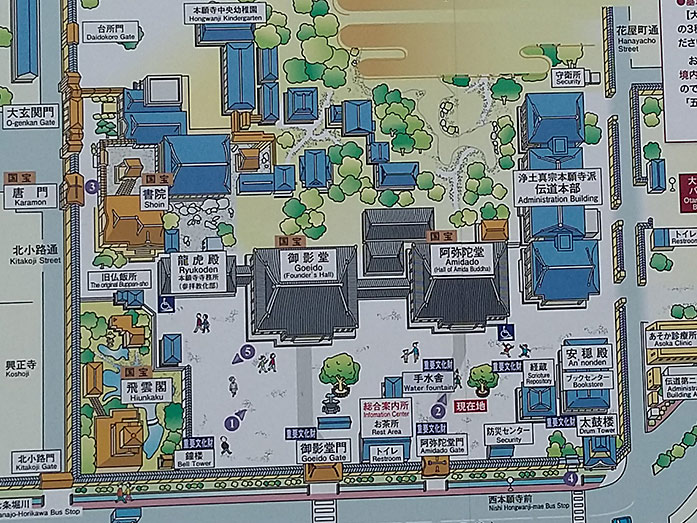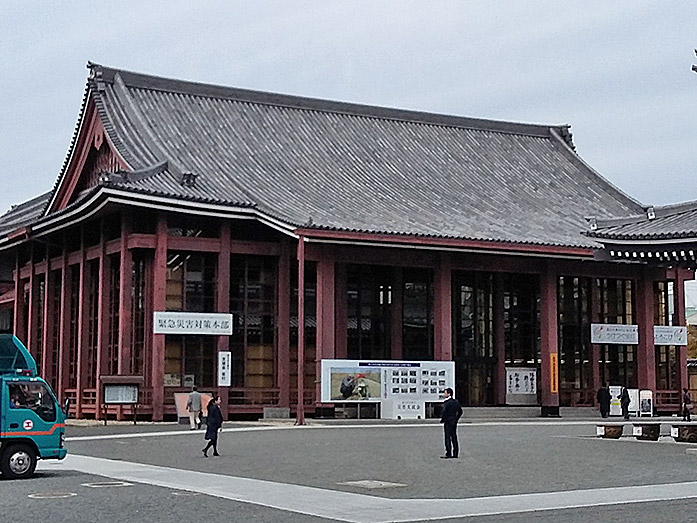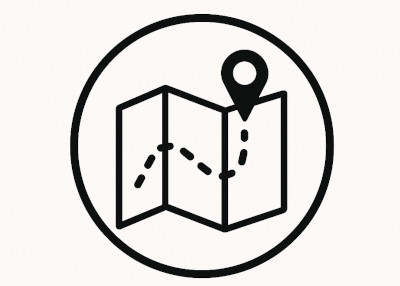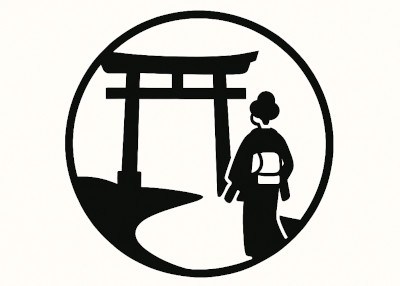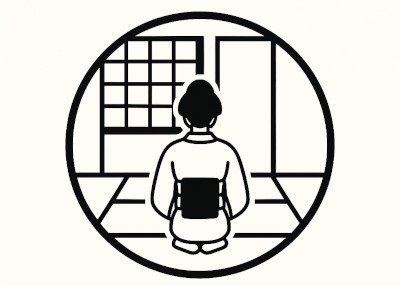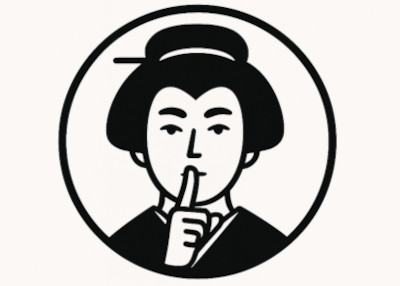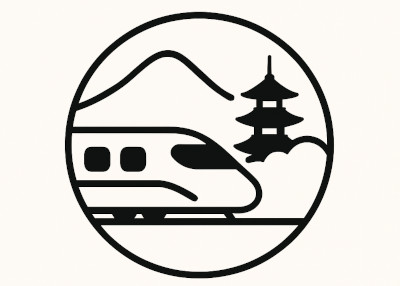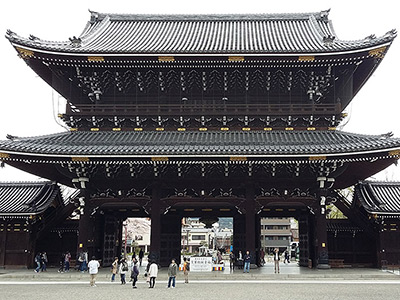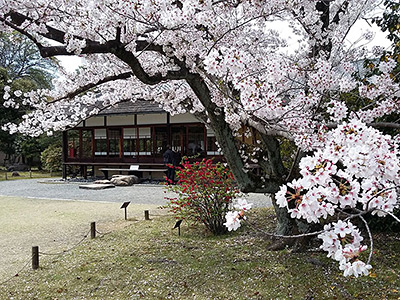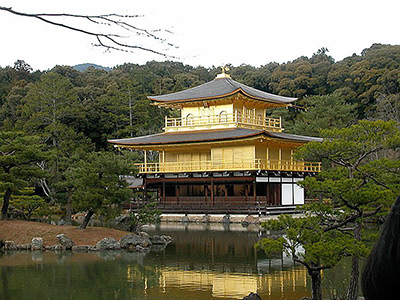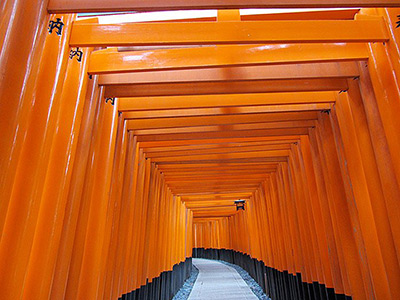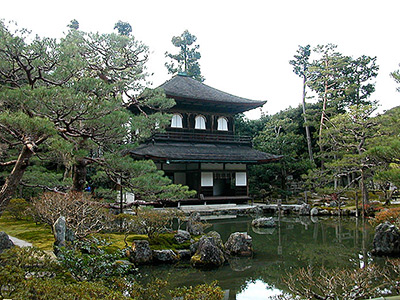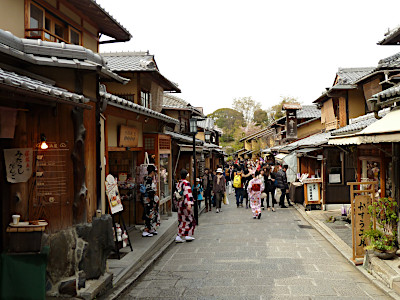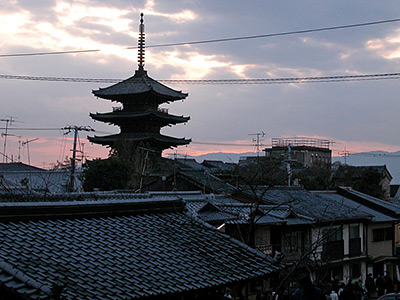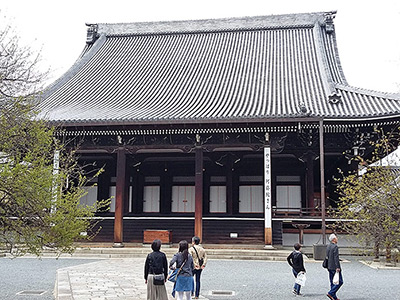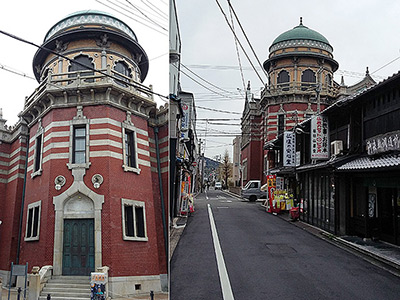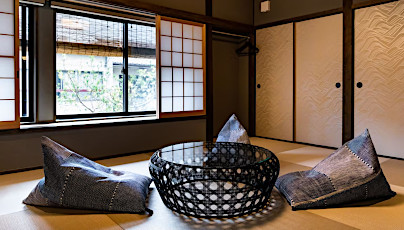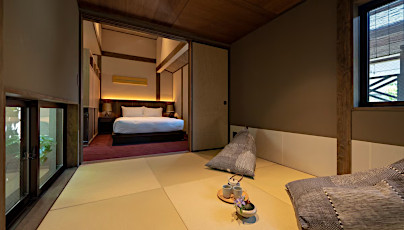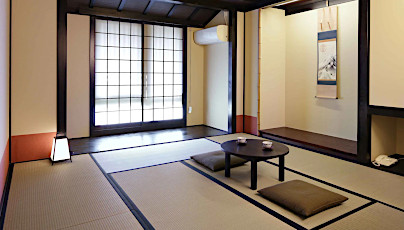Nishi Honganji Temple in Kyoto
This post can contain affiliate links, which means that we may receive a small commission if you make a purchase using these links.
Facts & Figures
Nishi Honganji (Western Temple) near Kyoto Station is a UNESCO World Heritage Site and part of the Historic Monuments of Ancient Kyoto. It is one of the most important Buddhist temples in Japan and the headquarters of the Jodo-Shinshu (Pure Land Buddhism) sect´s Honganji Branch. The main temple includes more than 10000 subtemples all over Japan and 200 temples in the rest of the world.
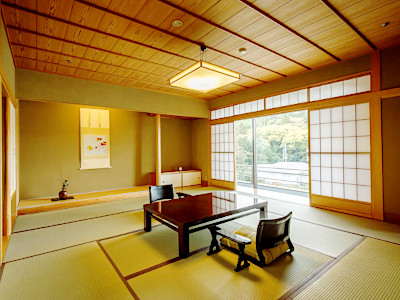 Best Places to Stay in Kyoto >
Millions of people follow this Buddhist sect. The founder of the Jodo Shinshu teaching was monk Shinran Shonin (1173 – 1263). Nishi Honganji is one of two temple complexes of Jodo Shinshu. The other one nearby is Higashi Honganji. Designated as National Treasures and Important Cultural Assets of Japan at the temple grounds are Amidado (Hall of Amida Buddha), enormous Goeido (Founder's Hall), Karamon (Chinese Gate), Shoin (study room), Hiunkaku (Pavilion), and some other structures. Inside the temple, you will find great art like Buddhist images, paintings, statues, and carvings. The temple buildings are a great example of the architectural style during the Momoyama Period (1568 - 1600) and the early Edo Period (1603 - 1868).
Best Places to Stay in Kyoto >
Millions of people follow this Buddhist sect. The founder of the Jodo Shinshu teaching was monk Shinran Shonin (1173 – 1263). Nishi Honganji is one of two temple complexes of Jodo Shinshu. The other one nearby is Higashi Honganji. Designated as National Treasures and Important Cultural Assets of Japan at the temple grounds are Amidado (Hall of Amida Buddha), enormous Goeido (Founder's Hall), Karamon (Chinese Gate), Shoin (study room), Hiunkaku (Pavilion), and some other structures. Inside the temple, you will find great art like Buddhist images, paintings, statues, and carvings. The temple buildings are a great example of the architectural style during the Momoyama Period (1568 - 1600) and the early Edo Period (1603 - 1868).
- Nishi Honganji Temple:
- Opening Hours - 5:30 am to 5:30 pm (April to September)
- Opening Hours - 6:00 am to 5:00 pm (October to March)
- Closed - never, open the whole year
- Admission Fee - free
- Inner quarters and buildings
- Open 4times a day - 10:00 am, 11:00 am, 1:30 pm, 2:30 pm
- Admission Fee - free
History
In 1591 daimyo Toyotomi Hideyoshi (1536 - 1598) gave the sect some land in Kyoto and during the same year, the construction of Nishi Hongan-ji Temple started. All this happened after the complete destruction of the sect´s former head temple, Ishiyama Hongan-ji, in Osaka. A fire in 1617 destroyed large parts of the original temple buildings and some of them had to be replaced by structures from the dismantled Fushimi Castle. The current layout of the wooden buildings and gardens dates back to 1633. Over the years Honganji Temple´s political influence became too powerful in Japan and Shogun Tokugawa Ieyasu (1543 – 1616) decided to split it up into Nishi Hongan-ji and Higashi Honganji. Nishi Hongan-ji Temple is since 1994 a UNESCO World Heritage Site.
Location

Nishi Honganji is located northeast of Kyoto Station near the Ryukoku Museum.
Address: Hanayacho-sagaru, Horikawa-dori, Shimogyo-ku, 600-8501 Kyoto
How to get to Nishi Honganji?
- 5min walk from Kyoto Station to Nishi Honganji Temple
Sightseeing spots
Top:
Goeido (Founder's Hall) - Goeido, the main building of Nishi Honganji, dates back to 1636. It is a National Treasure and contains an image of the founder of Jodo Shinshu, Shinran Shonin (central altar). Paintings of former Head Priests can be found beside the seated image of Shinran Shonin. Above the altar can be seen a framed tablet with golden letters donated by Emperor Meiji (1852 – 1912). He gave Shinran the honorary title Kenshin Daishi. The height of the hall is 29m, its length 62m, and its width 48m. It is one of the largest wooden structures in Kyoto.
Amidado (Hall of Amida Buddha) - After a huge fire the current hall was rebuilt in 1760. The height of the building is an impressive 25m. Inside you will find beautiful sliding screens, wooden images of Amida Buddha (central altar), paintings of priest Honen (1133 - 1212), Prince Shotoku (573 - 621), and six of the Seven Pure Land Masters. Amidado is also a registered National Treasure.
Karamon Gate - Some of the decorative carvings of the four-pillared Karamon Gate are based on Chinese history (lions - kara-jishi). Its outstanding beauty gave it the status of a National Treasure. It is said that in the past the golden gate was part of the Fushimi Momoyama Castle. The architectural style of the roof is called Irimoya. The gate dates back to 1598.
Drum Tower - In 2014 the Drum Tower achieved the status of an Important Cultural Asset. Its main purpose was to let monks know the time of day. The tower contains ancient temple drums delivered by the Saidaiji Temple in Nara.
Temple Gates - Besides the Karamon Gate you have to see the architectural oustanding Goeido and Amidado Gate.
Kyozo (Buddhist Scripture Repository) - In 2014 the repository achieved the status of an Important Cultural Asset. Its history dates back to 1678. Inside the building, you will find a huge collection of Buddhist scriptural texts aggregated by monk Daizokyo Tenkai (1536 – 1643). In 1648 Nishi Honganji was able to buy his work from the Tokugawa government for 100 kilograms of silver.
Hiunkaku Pavilion (Flying Cloud Pavilion) - Belongs to the top 3 pavilions in Kyoto, besides Kinkaku-ji and Ginkaku-ji. The sad news is it is not open to the public. This three-storied building contains many national treasures like the Shoin, a room used to study or to do some drawings. On display are also art pieces from the Kano School and Hideyoshi's tearooms.
Great Ginkgo Tree - The tree is older than 400 years and designated by Kyoto City as a Natural Monument. People come here especially during autumn (mid to late November) to enjoy the Gingko tree's beautiful golden leaves.
Bell Tower (Shoro) - The Bell Tower was constructed in 1620. The bell itself came originally from Koryu-ji Temple in Kyoto.
Daishoin Rock Garden - The temple garden contains rocks (sanmon semi) that form the dry waterfall (kare-taki), sand, plants, and a huge stone bridge. These styles of rock gardens are called karesansui.
2 Noh Stages - One of them was originally located at Fushimi Castle in Kyoto and it is also the oldest Noh stage in Japan.
Festival & Events in Kyoto (dates can change without notice)
April
Miyako Odori (1st - 31th)
The traditional annual spring dance of the Kyoto district Gion Kobu performed by Geiko and Maiko is a must-see on your Kyoto visit. Don't miss the most popular dances the Miyako Odori "Cherry Blossom Dances" or "Dances of the Old Capital" at the Gion Kobu Kaburenjo Theater (located close to Gion Corner).
May
Aoi Matsuri (15th)
The highlight of this festival is a large parade from the Imperial Palace through the Shimogamo Shrine to the Kamigamo Shrine. More than 500 people wearing aristocratic costumes from the Heian Period (794 - 1185). The Aoi Matsuri belongs with the Gion Matsuri and Jidai Matsuri as the three most famous festivals in Kyoto.
July
Gion Matsuri (whole month)
The month of July is full of different events like the Yoiyama - Kyoto's Magical Night (locals in kimonos look at the giant Gion floats the day before the parade) or the famous Yamaboko Junko (float procession on the 17th of July).
October
Jidai Matsuri ("Festival of Ages") (22nd)
People celebrate with a large parade between Imperial Palace to Heian Shrine the anniversary of the foundation of Kyoto. App. 2000 participants wearing historical costumes from different time periods. Enjoy this great festival which lasts around 2 hours.
Where to stay in Kyoto?
Book your Flight Tickets and Rental Car for your Japan trip
Day trips from Kyoto:
Travelers who viewed Nishi Honganji Temple viewed also:
Top rated - Best Machiya Houses in Kyoto
THE MACHIYA Ebisuya, 192 Ebisuya-cho Shimogyo-ku, Kyoto 600-8062
This 3-star guesthouse got an excellent rating. All 30 individually furnished rooms offer free WiFi, air conditioning, bathrooms incl. toilets, fridges, 40-inch flat-screen TVs, and more. THE MACHIYA Ebisuya is located in central Kyoto.
View on Expedia.com
This 3-star guesthouse got an excellent rating. All 30 individually furnished rooms offer free WiFi, air conditioning, bathrooms incl. toilets, fridges, 40-inch flat-screen TVs, and more. THE MACHIYA Ebisuya is located in central Kyoto.
View on Expedia.com
The Machiya Kazahaya, 570-6 Kazahayacho, Shimogyo-ku, Kyoto, Kyoto, 600-8475
The Machiya Kazahaya offers for all guest rooms free WiFi, air conditioning, safes, bathrooms with toilets, refrigerators, and much more. Enjoy also the beautiful Japanese Garden. Guests gave this property the rating - Exceptional.
View on Expedia.com
The Machiya Kazahaya offers for all guest rooms free WiFi, air conditioning, safes, bathrooms with toilets, refrigerators, and much more. Enjoy also the beautiful Japanese Garden. Guests gave this property the rating - Exceptional.
View on Expedia.com
Kyomachiya Ryokan Sakura Urushitei, 425 Kichimonjicho, Shimogyo-ku, Kyoto, 600-8069
This beautiful 3-star guesthouse offers 32 rooms with free WiFi, air conditioning, bathrooms incl. showers and toilets, refrigerators, and much more. Enjoy also the relaxing indoor public bath (no minerals). Guests gave this property the rating - Wonderful.
View on Expedia.com
This beautiful 3-star guesthouse offers 32 rooms with free WiFi, air conditioning, bathrooms incl. showers and toilets, refrigerators, and much more. Enjoy also the relaxing indoor public bath (no minerals). Guests gave this property the rating - Wonderful.
View on Expedia.com

